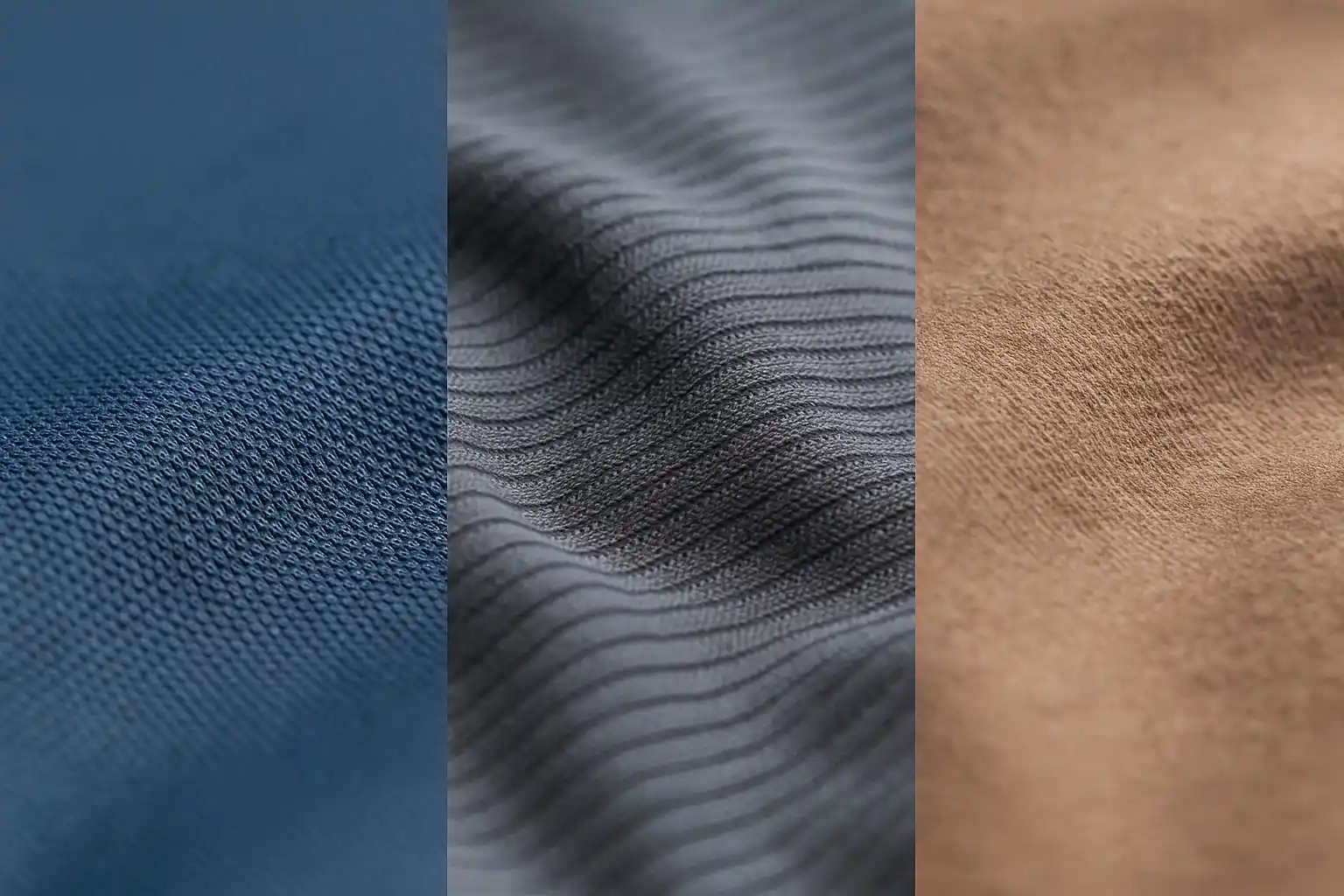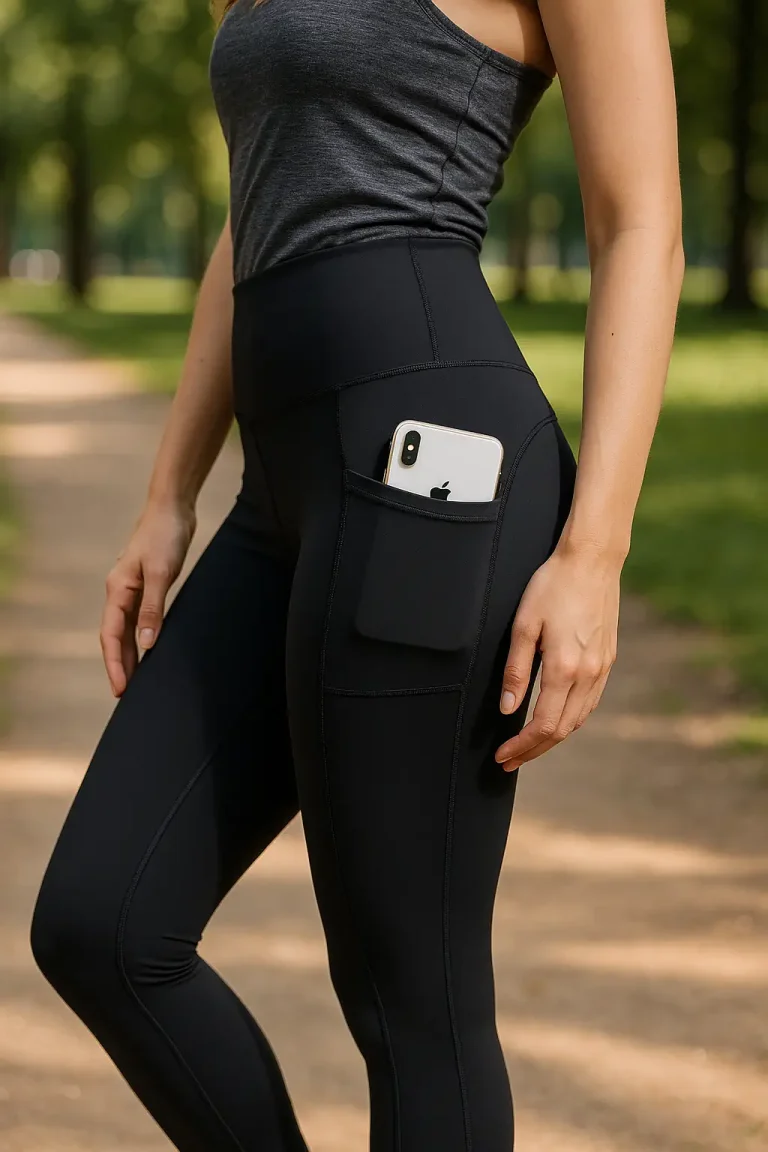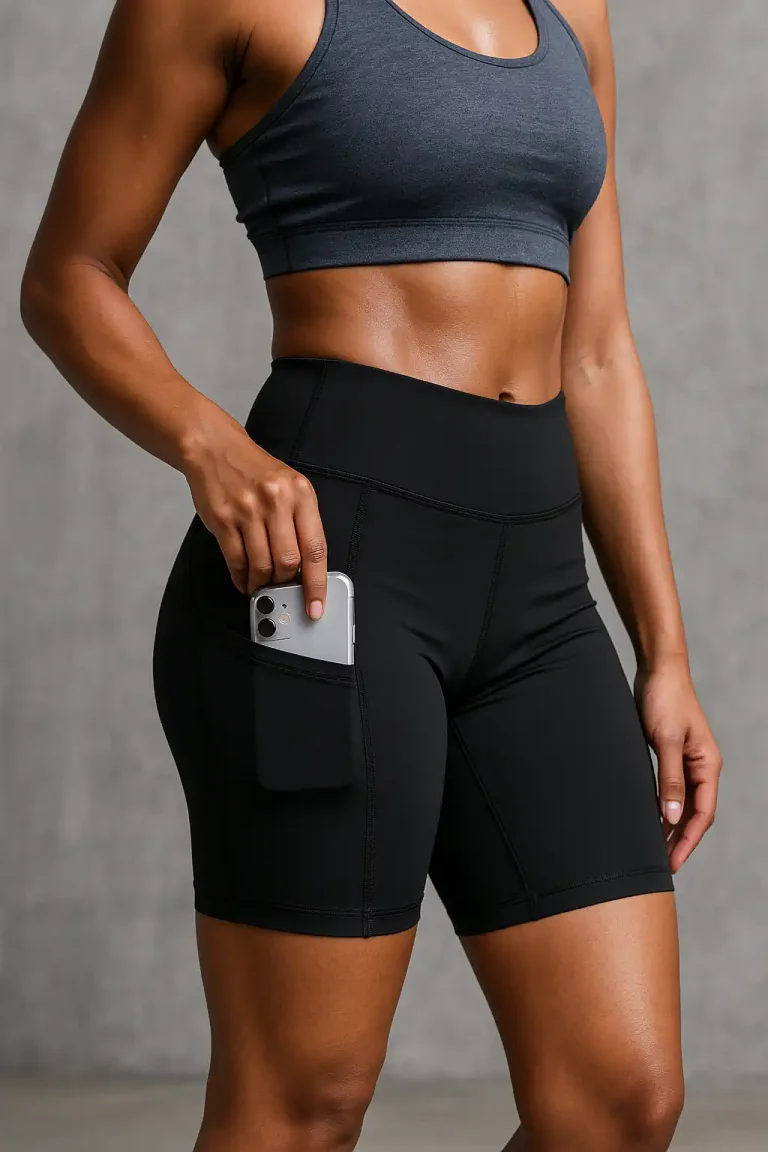Polyester, Spandex or Bamboo? Let’s Talk Fabrics Before You Sweat It Out

You don’t notice fabric when it works — only when it doesn’t. When your shirt sticks to you halfway through a warm-up jog, or your leggings start sagging before the workout’s even finished, that’s not bad luck. That’s bad fabric for the job. And these days, with shelves lined with high-performance gear boasting stretch-this and sweat-wick-that, it’s easy to get lost in the jargon. What really matters? The fabric. Always the fabric.
Let’s strip it back. Polyester. Spandex. Bamboo. Three of the most common names you’ll find on activewear tags. But they’re not interchangeable — each has its own logic, strengths, and quirks. And once you understand how they behave under pressure — literally — you’ll start making better decisions. Your gear will work with you, not against you. So let’s break it down. No fluff. Just what matters.
Polyester: Reliable, Relentless, and Slightly Rebellious
There’s a reason polyester dominates the gym. It doesn’t breathe like cotton, but it doesn’t need to. What it does is simple: it moves sweat off your skin and spreads it fast so it can evaporate. That means you stay drier. Not bone-dry — let’s be real — but drier than you would in most natural fibers. It’s also strong. Toss it in the washer over and over and it holds up. No drama.
But polyester has baggage. Odor tends to cling. It’s not absorbent, so the bacteria from sweat sticks around unless the fabric is treated with antimicrobial agents. That’s why your favorite workout shirt starts smelling funky even when it looks clean. The fix? Choose gear that’s either blended for balance or treated for freshness. Polyester works best when you know what to expect from it — and how to outsmart its weaknesses.
Spandex (aka Elastane): The Reason Your Gear Doesn’t Split Mid-Squat
Nobody buys 100% spandex gear. That’s not the point. Spandex isn’t a solo act — it’s the quiet partner that makes your clothes move like they were made for you. A tiny percentage of spandex — sometimes just 5% — can change how a garment performs. It stretches, recovers, and hugs the body in ways that keep everything in place without pinching or cutting off circulation.
But spandex has rules. Heat ruins it. Hot dryers? Big mistake. It breaks down the elastic fibers, and next thing you know, your go-to leggings are sagging at the knees. Wash cold, air dry — treat it like something valuable, because it is. Spandex is why your compression shirt doesn’t shift during a set, why your joggers move with you instead of against you, and why your clothes bounce back even after being shoved into a gym bag for two days.
Bamboo: Understated, Soft-Spoken, Surprisingly Sharp
Here’s the wildcard. Bamboo isn’t just a “natural” buzzword — it’s a real contender in performance wear, especially when comfort is non-negotiable. It’s cooler to the touch than cotton, naturally breathable, and best of all: it resists odors. Not chemically, but inherently. Bamboo fabric is less hospitable to the bacteria that cause smells, which means you get more wears between washes — ideal for light workouts, travel, or just staying fresh on a casual run.
It’s not built for combat, though. Push it hard, and it’ll wear faster than synthetic blends. Bamboo pills. It stretches out. It fades. But for yoga, pilates, recovery days, or just walking to the store, bamboo feels like wearing your best mood. It’s also one of the few fabrics that feels high-end and eco-conscious without making a show of it. If your skin tends to rebel against synthetic fabrics, bamboo might be the peace treaty you’ve been looking for.
Quick Fabric Comparison: What Works for What
| Fabric | Best For | Pros | Watch Out For |
| Polyester | High-intensity training, running | Durable, fast-drying, holds shape | Odor retention if untreated |
| Spandex | Mobility-focused workouts | Stretch, recovery, shape-hugging fit | Heat-sensitive, degrades with time |
| Bamboo | Light workouts, daily wear | Breathable, soft, natural odor resistance | Pills, loses structure faster |
What Brands Know (That You Should Too)
Most high-function gear isn’t one-note. It’s a blend. And that’s where smart design shows up. Polyester for strength, spandex for movement, bamboo for feel. Brands like Neleus use these combos intentionally — not just to check boxes, but to solve problems. Think about a training tee that dries quickly but doesn’t feel plastic. That’s polyester with something softer blended in. Or leggings that don’t shift mid-sprint — that’s spandex doing its job quietly.
So no, you don’t need to memorize textile science. You just need to pay attention. Feel the fabric. Check the blend. Ask yourself: what’s this for? A three-mile run? A ten-minute stretch? A day of errands that might turn into an impromptu pickup game? Each scenario has its fabric hero.
Final Take: Know What You’re Putting On Your Body

You don’t need a lab report — just a little awareness. Polyester works hard. Spandex moves with you. Bamboo keeps things calm. None of them are perfect. But once you know their strengths — and their limits — you can start choosing gear that fits your life, not just your size.
And let’s be honest: good gear doesn’t just perform better. It makes you feel better. More confident. More comfortable. More like the version of you who didn’t have to tug at their shirt mid-set. So next time you pick something off the rack, think past color and fit. Ask what it’s made of. Because the difference between decent gear and gear you’ll actually love? It starts with thread.
The bottom line is simple: fabric determines comfort. If you’re shopping for workout clothes, consider Neleus tank tops, which come in a variety of fabrics, from lightweight polyester to heavier blends.






